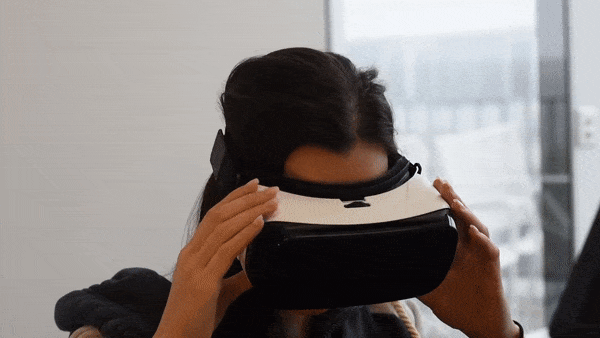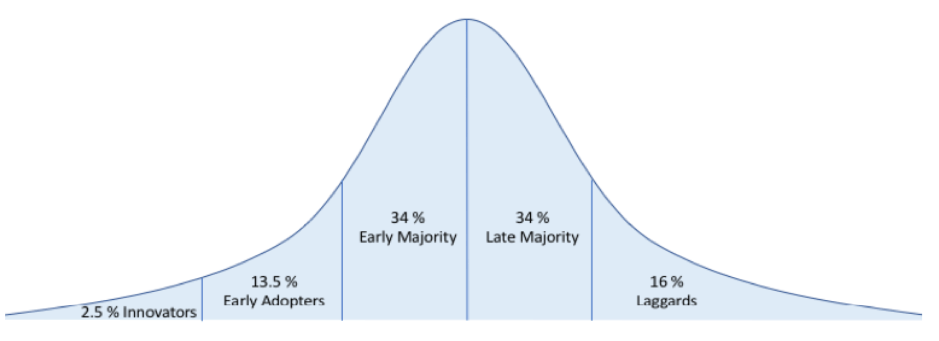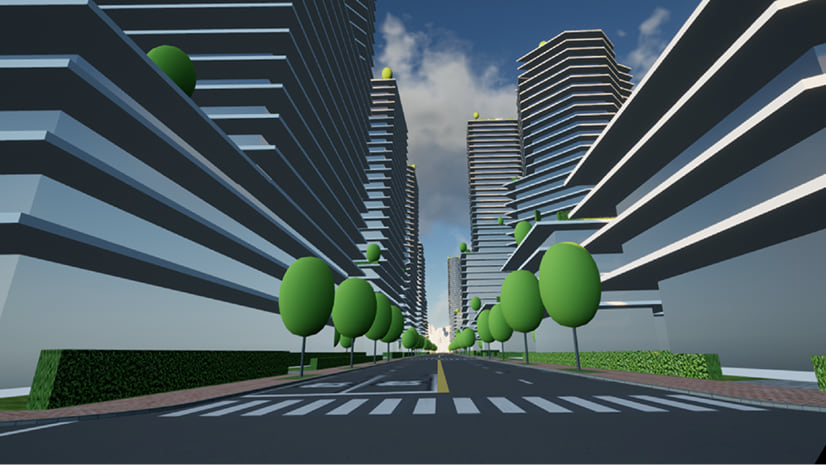
History in a super small nutshell
Sometimes it takes a long time for existing technology to reach mass adoption. In fact, so much so, that it has become a widely researched sociological topic. The essence of this research can be depicted by this little fellow here – a simple bell curve.

Sometimes technology goes to market too early and fails because society was not ready to embrace it just yet, sometimes it goes to market too late and loses out to the king-pins who have already devoured a huge chunk of the cake and are hungrily chomping away at the rest, sometimes technology goes to market with the wrong use-case and is marketed to the wrong audience and sometimes the technology just doesn’t meet expectations (look up something called the “Hype Cycle”). There are just so many places tech adoption can go wrong.
XR (an umbrella term for Virtual Reality, Augmented Reality and Mixed Reality) has had a tough gig. What many people now deem as this new, emerging technology has in fact been around for decades at the very least, but due to expensive hardware or technical challenges, it’s struggled to reach mass adoption.
I don’t want this blog post to be a comprehensive recap of the past 50 years, so instead I will say that some stuff happened from the 1960’s onwards that helped to evolve the concept of an alternative existence and thanks to the more recent efforts of Google, Apple, Microsoft, Sony, Facebook, Amazon and Samsung (to name a few), we’re now at a point where cost and technological limitations are no longer an entry barrier into an alternate world.
Users
So who uses this technology right now? Let’s start by looking at Virtual Reality (which is just one part of the crowd congregating underneath that umbrella). VR allows you to transport yourself into a completely new world and gives you that full, immersive feeling.
It’s like you’re really there!
I guess almost unsurprisingly, VR has been most widely adopted by the gaming community with console VR users currently still making up the largest percentage of VR users. In a recent blog post by Sony, they stated that they are celebrating 3 Million PlayStation VR systems sold. This is a huge milestone considering PS VR came out only two years ago and adoption was slow in the beginning.

Good news, people! We’re inching our way up this bell curve.
More good news, this tech can be used well beyond entertainment purposes!
Even more good news, as Albert Einstein definitely used to say: “No PlayStation? No worries!”
Console VR isn’t the only VR platform available! Of course there are the more high-end VR headsets like the HTC Vive or the Oculus Rift, but these days even a phone is powerful enough to immerse you into virtual reality. Luckily here at ESRI we have solutions to help you do just that with all kinds of platforms (*cough cough* CityEngine VR Experience or ArcGIS 360 VR…but more on that later).
Hopefully by now you’ve taken away these key pieces of information from this text:
XR has arrived, it’s more than a hype, it’s affordable and it’s not just for gamers.
Over the next two weeks, I will highlight some use-cases for XR and make a very exciting announcement, so that you too can look as happy as the arbitrary VR User at the top of this article. Stay tuned!



Commenting is not enabled for this article.